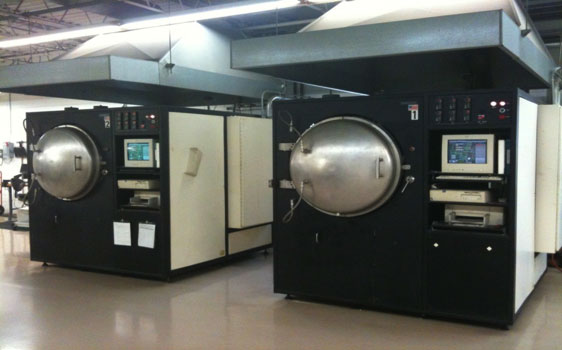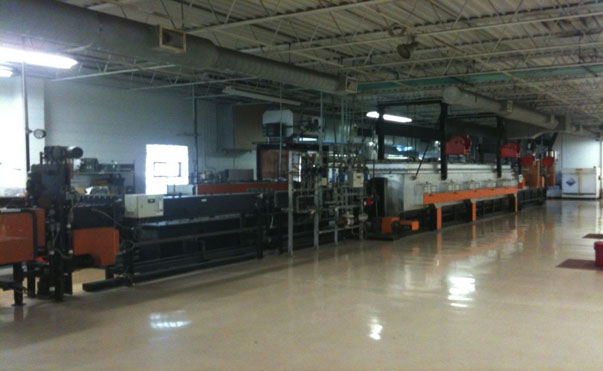MIM Process Options
MIM Batch Versus Continuous
Sintering is performed in a protective atmosphere or vacuum. Sintering furnaces are a major capital cost in MIM. Usually they are custom fabricated in size, atmosphere, capacity, and cycles depending on binder, component size, and peak temperatures. Batch furnaces are used for smaller production quantities or more obscure materials and usually reach peak temperatures from 1400 to 1600°C (2552 to 2912°F). Common protective atmospheres are hydrogen, nitrogen, or argon. Many production sintering units are vacuum batch furnaces. For larger production quantities continuous furnaces offer a competitive advantage, where sintering and de-binding are combined into a single furnace with a sequence of zones that require from 6 to 24 hours to traverse. These too can reach peak temperatures of 1600°C (2912°F). The central zones are profiled to hold precise temperatures while the components move via a pusher plate conveyor mechanism from the cold entry to where they are cooled prior to exit.

SMP Batch Furnaces

SMP Continuous De-bind / Sintering Furnace
Precise final dimensions rely on uniform molding and uniform heating during sintering. When MIM is properly executed, the sintered component has the shape and precision of an injection molded plastic, but the sintered metal delivers performance levels unattainable with plastics. This is because the sintered structure is fully dense, with no residue from the original powder. Further, proper cooling in the furnace can impart a heat treatment to the structure to induce excellent mechanical properties. The sintered product may be further densified, coined, heat treated, plated, etched, or machined to complete the fabrication process.
